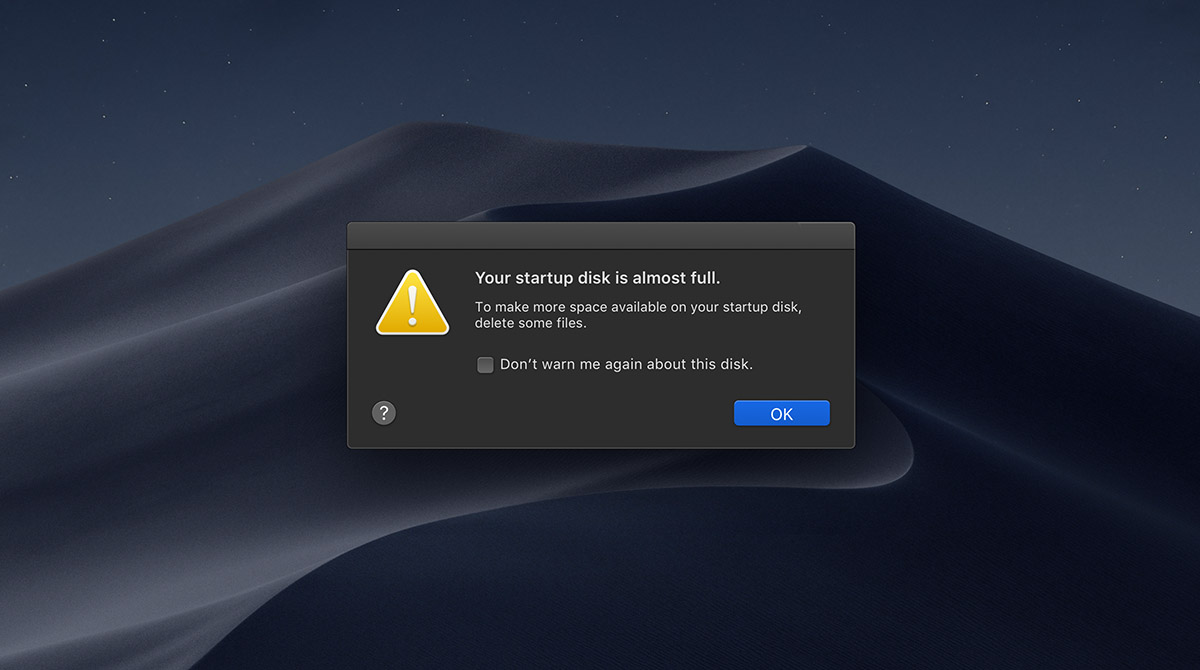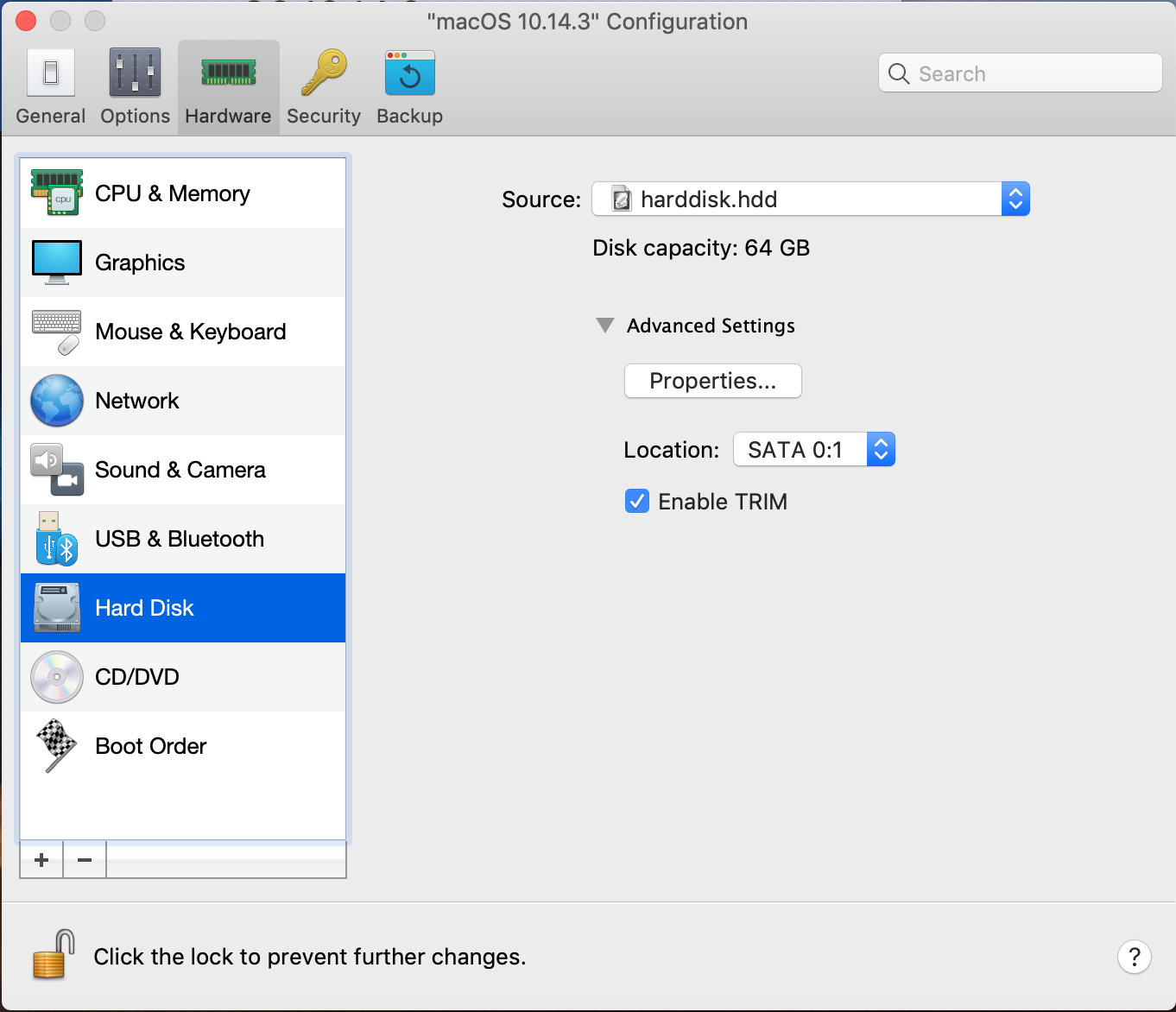Further Into The Universe Mac OS
- Further Into The Universe Mac Os Catalina
- Further Into The Universe Mac Os X
- Further Into The Universe Mac Os 11
Unsupported Version |
Contents
|
Mac-on-Linux (MOL) allows you to run MacOS 9 and MacOS X from within Linux. It requires a Mac OS (9/X) and PowerPC computer. As it does not need to emulate a processor it runs at near native speeds. see http://mac-on-linux.sourceforge.net/ for full details.
This howto assumes that you have a working install on MacOS on your computer. It is also possible to use MOL to install MacOS into a disk image, see man mol for more details.
The MOL kernel modules are included in DapperDrake so it is no longer necessary to compile and install them manually.
To install all of Mac-on-Linux, you'll need to enable the universe and multiverse, see AddingRepositoriesHowto for details.
See what OS X Mavericks has to offer. OS X Mavericks is designed to take advantage of the technologies built into your new Mac. Italso comes with powerful apps that let you browse the web, read a best seller, even lookup directions and send them to your iPhone. Learn more about OS X Mavericks. Your complete guide to Apple software, and apps designed for Apple users. Learn about the best Mac apps, iOS apps, Watch apps, and utilities. The causally unrelated but meaningful succession of events in the course of the poem, finding expression through the archetypes, helps the Mariner get a deeper insight into the universe and further his movement in the process of individuation—the quest for self-realization.
You will need to install the following packages moland mol-drivers-macosxand/or mol-drivers-macosfor MacOS X and/or MacOS 9 support.
You may need to add this repository to get some of the drivers: http://people.debian.org/~jensen woody/. See AddingRepositoriesHowto for more information.
This can be done using Synaptic Package Manager or by running the following commands
If you are not comfortable with editing text look at NanoHowto.
This assumes that you have a working install of Mac OS X or 9, on a partition on you harddrive somewhere.
There are a few settings you may want to play with be for you use mol. One of them is memory. The default is 96mb, which is barely enough to boot Mac OS X (although ok for Mac OS 9 if you arn't planning to do much).
In /etc/mol/molrc.osx (molrc.macos for Mac OS 9) find ram_size: 96(or ram_size: 48 in molrc.macos) and change to at least 128
Its possible to give mol more RAM than you physically have, and linux will deal with putting stuff into swap, but you are likely to end up with a slow system. (It may also crash if you give too much RAM; I had to keep a ram_size of 48 in my molrc.macos.)
Then it is worth setting up the video modes, run sudo molvconfig

You basically type 'y' to try out a configuration, and then 'y' if you can see a nice gradient on the screen. The red screen comes out as a stripes, but it seems to work anyway. If you get a random mess, blank screen or some other problem then press 'n'
Running Mac-on-Linux as a normal user
Further Into The Universe Mac Os Catalina
By default, Mac-on-Linux requires root privileges to run. The following command makes sure you can run Mac-on-Linux as a normal user.
Now you should be able to run startmol --osx (just startmol for Mac OS 9), and Mac OS X will boot up in a window or on a new virtual terminal. You need to install the MOL package that you find on the desktop. This provides sound and network drivers.
To exit mol, choose shutdown from the apple menu.
If the video modes are correctly configured then pressing CTRL + ALT + F8 (sometimes higher F keys) will take you to a full screen MOL. CTRL + ALT + F7 should take you back to your Linux desktop.
If you want mol to always start full screen, edit /etc/mol/molrc.video and change enable_xvideo: yes to
See its manpage for more usage information.
If you are using mol to use the iTunes music store, or watch flash on the web, then you will need to get networking running.
You will need to install ipmasq, dnsmasq and dhcpd using synaptic or
Then enable dhcp for the tun0 interface that mol uses, in /etc/default/dhcp, put the line
Then in /etc/mol/molrc.net add the line
and in /etc/mol/tunconfig at the bottom just before
add the lines
Now run startmol --osx, and we can set up the network on the Mac OS X side. MOL creates a network tunnel called tun0 at the Linux end, and en3 on the Mac OS X end.
Once you have logged into to Mac OS X open up the system preferences. Make sure that en3 is set to configure with DHCP.
Now open up Safari or Firefox, and if you are lucky you should have a web connection.
Alternative - Networking without DHCP
Do as above, but without installing dhcpd. Once you have completed the setup, run ip addr to check the ip address for the tun0 interface. Mine was given as follows:
In OS X, then set up the en3 network port manually, by allocating an appropriate IP (in my case 192.168.40.2 was a good choice), set Router and DNS server to the ip associated with your tun0 interface in linux (192.168.40.1) and the subnet mask to 255.255.255.0. Now you should be ready to go.
There is some more info at http://www.csse.monash.edu.au/~ctwardy/mol-debian-benh.html
If you get mol module not found errors, try insmodding it manually
If OSX doesn't start, edit the blkdev settings in /etc/mol/molrc.osx. Your OSX boot partition should not be mounted under linux and should have the setting of
Obviously the hda3 part could be different for you.
OS 9 Double Click and Slow Response Trouble
If you are having very slow response with OS 9, you probably need to open the MOL Install CD that appears on the desktop and drag the MOLAudio to the System Folder. Then you need to go to the sound control panel and enable the MOL Audio for output. (Before I did this I was unable to even double click. Afterwards, the response was more snappy.) The real fix is to use a more recent version of Mac-on-Linux though. To do that, I am providing my notes below.
To run Tiger and Eliminate Annoying Sluggish Behavior on MOL Install this Patched Version
Thanks to folks on the MOL mailing list for these tips. http://www.maconlinux.org/lists/index.html
1) Download the latest kernel source. You can user uname -r to determine your version. Mine was 2.6.12-9-powerpc. You can also use the synaptic package manager or Adept to do this.
sudo apt-get install linux-source-2.6.12
2) Follow the instructions on this Wiki for building the kernel found at https://wiki.ubuntu.com/KernelBuildPPCHowTo.
3) Download the patched MOL that Joe Jezak has kindly provided. http://dev.gentoo.org/~josejx/ Look for the latest mol version he has provided.
4) Extract it using tar -jxvf

5) Build it using make.
6) Set up and start MOL using the instructions in the section above. Actually, I had better luck on the networking setup with the sheep driver. I just made the /etc/mol/molrc.net have the line:
netdev: eth1 -sheep
You may need eth0 instead if that is your primary network interface (do an ip addr call to find out). With this setting Tiger boots and gets an IP address via dhcp from my local wireless router.
A side note: I have not been able to boot an OS 9 partition with this setup and there have been some similar notes on a Yellow Dog Linux forum. If I figure that out, I'll append this note.
Further Into The Universe Mac Os X
Remove boot loader out of memory problem
If you start MoL to boot OS X and get an error that looks like this:
Then you need to install the new boot loader.
1) Download this GZ file: http://www-user.rhrk.uni-kl.de/~nissler/mol/bootx.gz
2) Extract the bootx file.
3) Copy the file into /usr/share/mol/drivers/. You will need to do this as root.
Mac How To Everything about Macintosh OS
Mac Uninstall
Further Into The Universe Mac Os 11
CategoryMac